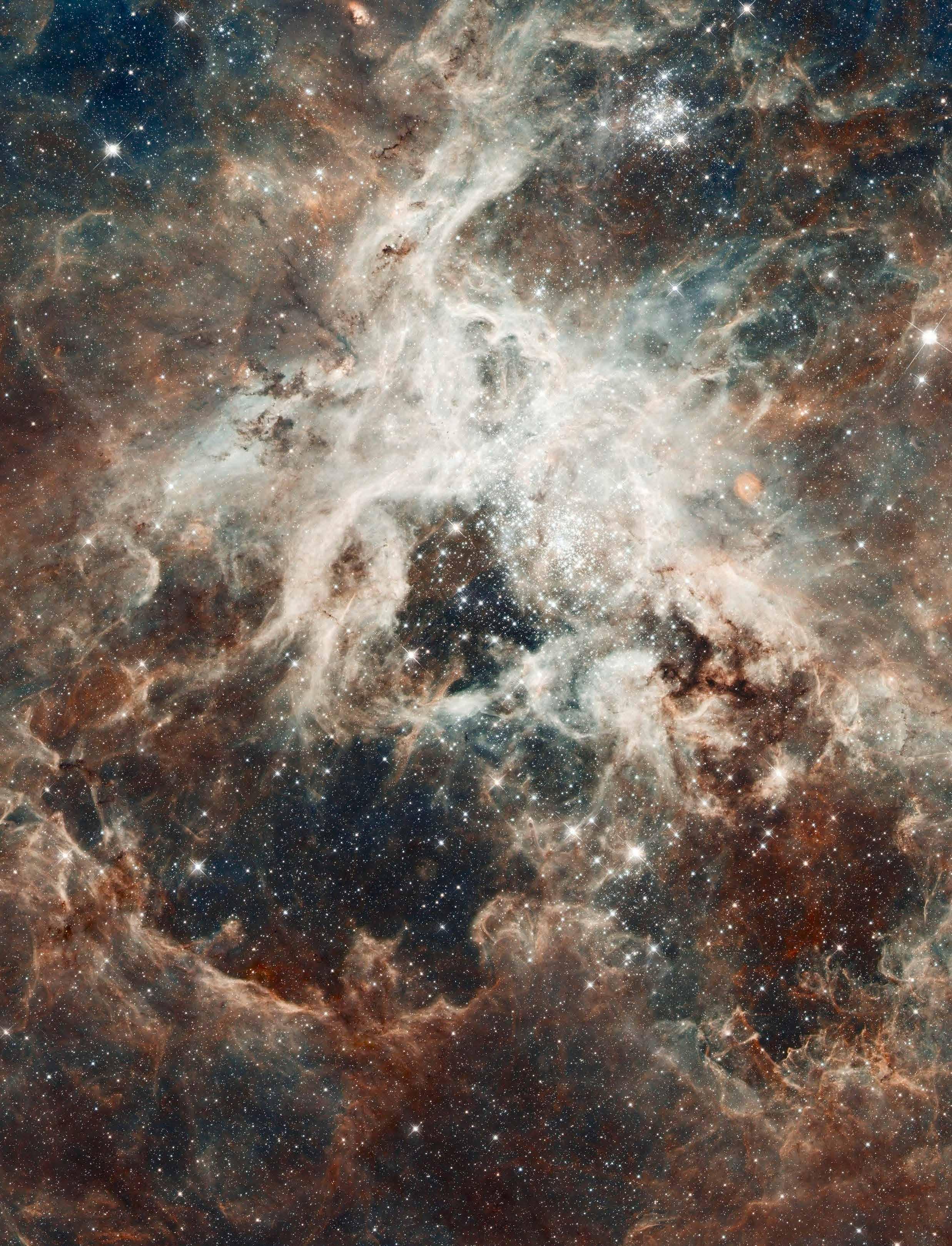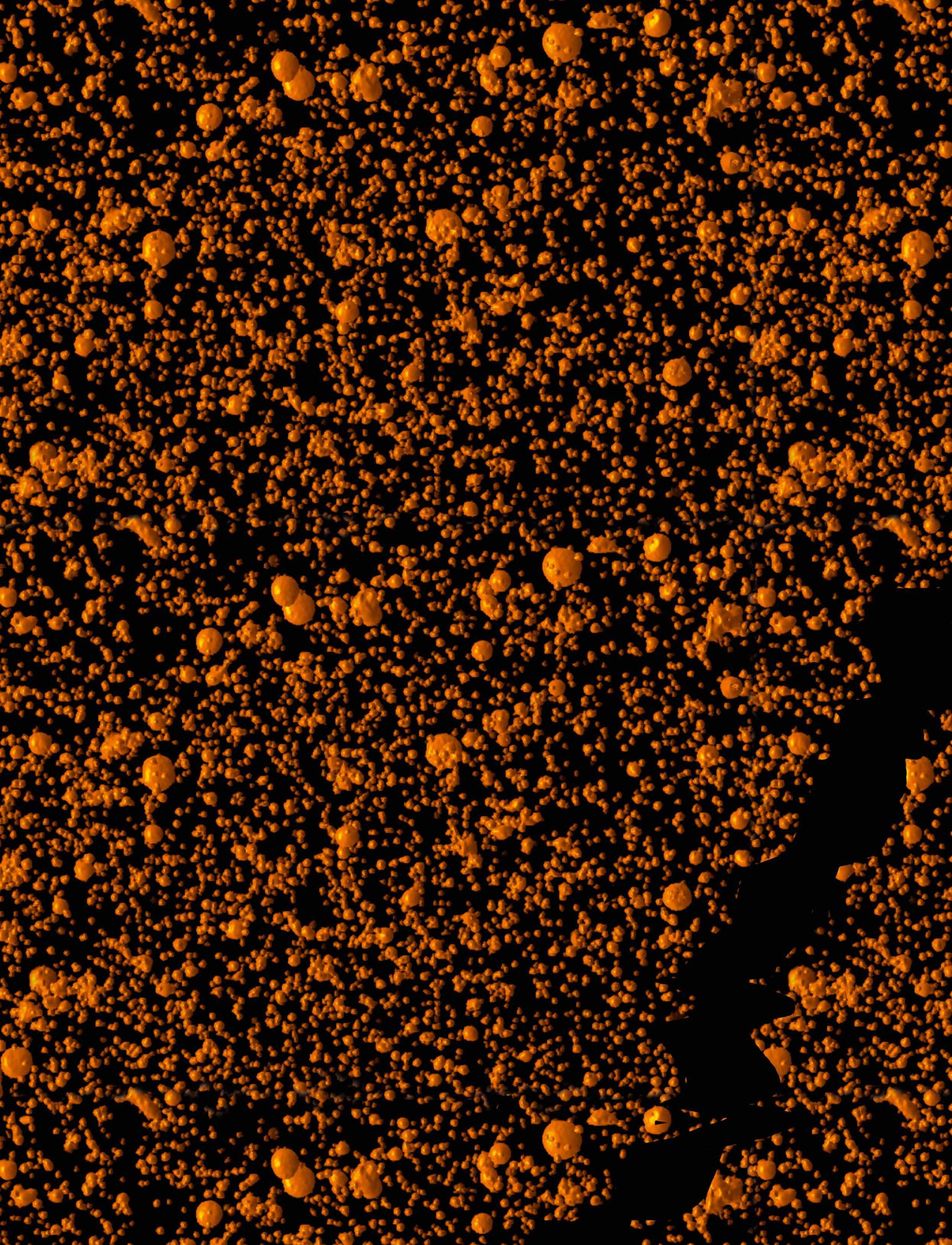Searching for the Light of Life Frans Snik of the FALCONER project describes how his research findings will help the world’s biggest telescopes, including the Extremely Large Telescope (ELT), find signs of life on far off exoplanets, with the bonus of creating spin-off innovations that will have profound implications for research. In 1991 we only knew the planets in our own solar system. Today, in contrast, we have evidence of over 4,200 worlds orbiting stars light years away. With advances in telescopic technology and with the largest telescope in history, the aptly named Extremely Large Telescope (ELT), now only five years from completion, we can expect vastly improved imaging of exoplanets. Within 20 years, aided with the next generation of space telescopes launched after 2035, it’s expected we’ll be able to detect life on worlds that appear Earth-like. The FALCONER project is pioneering direct imaging of exoplanets, with an aim to suppress the bright glare from far off stars that make it impossible to see the smaller planets that would orbit the habitable zones around them. In addition, the researchers are looking into novel ways to detect definitive signs of life from observing planet-light. “We now know that there are more planets than stars, so every star you see and every star you don’t see, statistically has at least one planet. Take five stars and one will have a planet that looks like Earth. It will be rocky and if it’s the right distance from the star, if there is water, it will be liquid, and life as we know it could emerge. We have not yet seen any of them! We know they are there from indirect observations. A few that pass in front of their star we can start to characterise, but the vast majority of them will not be accessible to this transit method. The effects from the light of the parent star to these planets blocks our view of them. The challenge is to remove most of this starlight and see planets that are orbiting the star, so we can analyse their light, and thus characterise their atmospheres and potential surfaces, and, ultimately, find signs of life ,” said Frans Snik. The art of planet hunting and planet viewing is fraught with difficulty. Snik adds: “To see older planets and to see planets that may have life, you need to get a lot closer to the star than current techniques allow. Most of all, you require a much higher contrast than currently possible. We can now see young gas giants in the infrared at a contrast of 1:100,000. For Proxima b we need 1 in
52
Image of the star eta Crux, as observed with one of our liquid-crystal vAPP coronagraphs at the MagAO instrument. The light is mostly split into the two images on the left and right, where dark holes are created very close to the image of the star, on either side. Otten et al. ApJ 834(2) id.175 (2017)
ten million, down to 1 in ten billion for an Earth around a solar-type star. To put this in perspective, if the halo of the star was Mount Everest, if you want to detect a Jupiter sized planet then that would be a red blood cell in comparison – and the Earth would be a bacteria. So, you could say that bulldozing down Mount Everest is our challenge and that’s what we call coronagraphy.”
ET is in the Dark The simple version of a coronagraph is trying to block starlight but this does not always work well, for example if your telescope vibrates, starlight leaks around it and blurs the view. “Instead of blocking it, we redistribute starlight,” continued Snik. “In the FALCONER
project we accomplish this with liquid crystals. This is the same stuff you are looking at in most smartphone screens but we are using it in a different way. We are literally painting liquid crystals on pieces of glass. When you put this glass between polarisers, just like polarised sunglasses, you see this pattern that corresponds to the phase pattern that we want to impose. With a flat piece of this glass stuck into a telescope at the right location, it manipulates the light from the star that comes into the telescope, such that the halo of starlight is suppressed, while both the core of the image of the planet and also the star make it through. The cool thing is that with these liquid crystals we can apply phase patterns that do not depend on wavelength, unlike classical techniques. This
Photos of vAPP coronagraphs with different liquid-crystal patterns between crossed polarizers.
EU Research






























